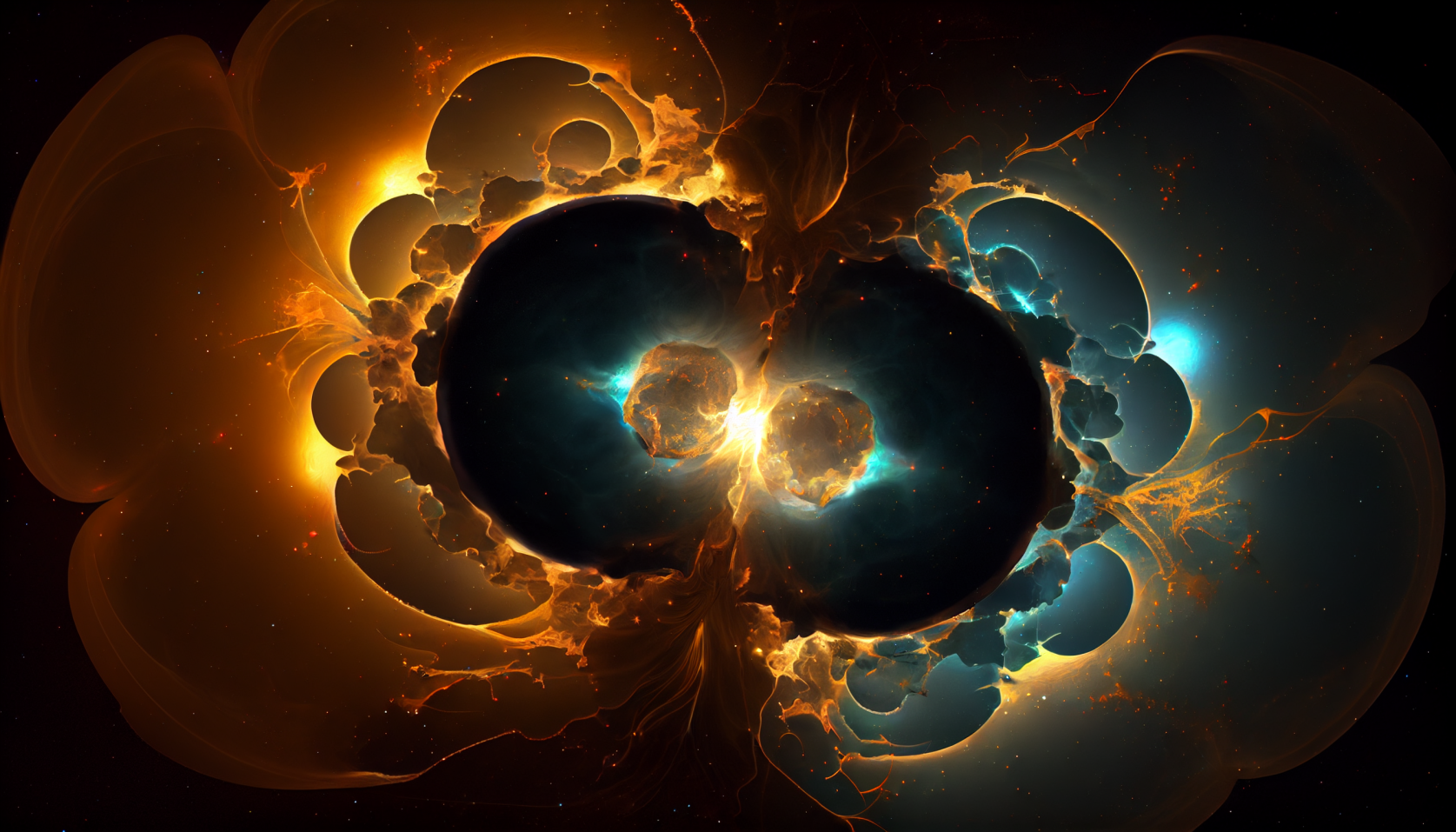Why Is Light Speed Limited?
Recently, we looked into the notion of time-travel and the notion of time itself. This investigation led to the realization that the laws inscribing the behavior of bodies in motion, including clocks, breakdown when their speed approaches that of light. Today I want to briefly talk a bit about the speed-of-light, and consider physical interpretations of what this limit could imply about the physical actors involved in the phenomenon.
Of course the speed-of-light (SOL) refers to the speed at which light having been emitted from a source material terminates upon another. But
what a lot of people don’t realize is that the SOL is also the limiting speed by which many other poorly understood processes occur including gravity and electricity.
For all intents and purposes, the SOL appears to limit the speed at which events can occur in physics. This is important and obvious, because if certain events could proceed faster than light, gravity, or electricity, we would constantly be running into the consequences of actions before we perceived the actions taking place. Lightning would strike us before the storm. We would fall from the plane before parachuting out. Obviously, this violates our entire sense of rationalizing causality and cannot be so. But what does this mean about the nature of light, gravity, and electricity as physical phenomena?
First we have to consider what a limit on speed implies for any phenomenon. Consider a ball rolling down a mountain. The ball will start out rolling slowly and accelerate according to its increasing gravitational potential but if the mountain is tall enough, eventually the speed of the ball will become limited. Why? Because the pull of gravity will be directly matched by the impeding pressures of resistance from friction-type enmeshment with soil and rocks as well as resistance from the air it must displace in order to move forward. Limits on motion in physics are provided exclusively by resistance from some other physical actors. In other words, existing objects in the path of motion are the sole cause of speed limits.
In order for the ball to make its way down the mountain, it must deform its environment. That is, it must move air, dirt, rocks, and also overcome inertia.
We’ll explore the cause of this phenomenon of inertia next time but for today, consider that light, like all physical processes appears subject to the same line of reasoning. As light is a physical event, actors involved in the phenomenon must be expected to physically deform their environment. The speed of the phenomenon must imply an equilibrium by which forward acceleration is balanced by this resistive deformation of a material environment. But beyond the atoms at either end of the transaction, who are the intermediate actors when it comes to the phenomenon of light?
This is a difficult question to answer with any certainty because physical actors involved in light appear not to have been identified. Perhaps because the tools we use for probing our physical world are comprised on these very actors and that makes their direct detection impossible by definition. For instance, we recognize that light can be accurately described in terms of the transit of photons. These photons are discrete events occurring across the span between atoms. But photons don’t appear to be actors in the sense of material objects foundational to physics. Recall that photons do not necessarily appear to transfer material between atoms, but yet they do appear to transfer pressure. How can this be possible?
Well one option is that the photon is merely a wave of deformation of some existing structure that spans the distance between the emitting and receiving atoms.
This would neatly explain the limit on its speed and ability to convey pressure without material transfer. Simply put, the emitting atom only has so much power that it can drive into that bridging structure and that limits the forward impulse. That such an interconnecting structure has limits on deformation speed which also appear applicable to gravitation could indicate that the same structure is responsible for mediating that invisible phenomenon as well. So what is the structure, the shape, of this mediator of light and gravity?
I believe that while it might be tempting to consider that the popular notion of spacetime would be a ripe candidate for this interconnecting structure, it is a grave oversimplification and patent reification. A reification is when some activity or concept is fallaciously treated as a physical object. In my recent article on spacetime, I explain that the notion merely represents an index of measurements. It is not a material actor with a shape or surface capable of pressuring other physical objects. Quite frankly, scientists do not yet have a consensus about the nature of whatever structure conveys light and gravity. Indeed, on account of their powerful descriptions of those phenomena, most experts are not even looking for physical actors. But as I’ve pointed out for you today, it seems absolutely necessary to explain light and gravity in terms of a deformable mediating material between the terminal atoms. Hence the limit on speed of photonic and gravitational action.
Next time, we’ll investigate the notion of inertia; why objects at rest stay at rest and why objects in motion remain so unless pressured otherwise. Perhaps inertia will give us some clues about the structure of the necessary but hypothetical photogravitational connection between atoms.






